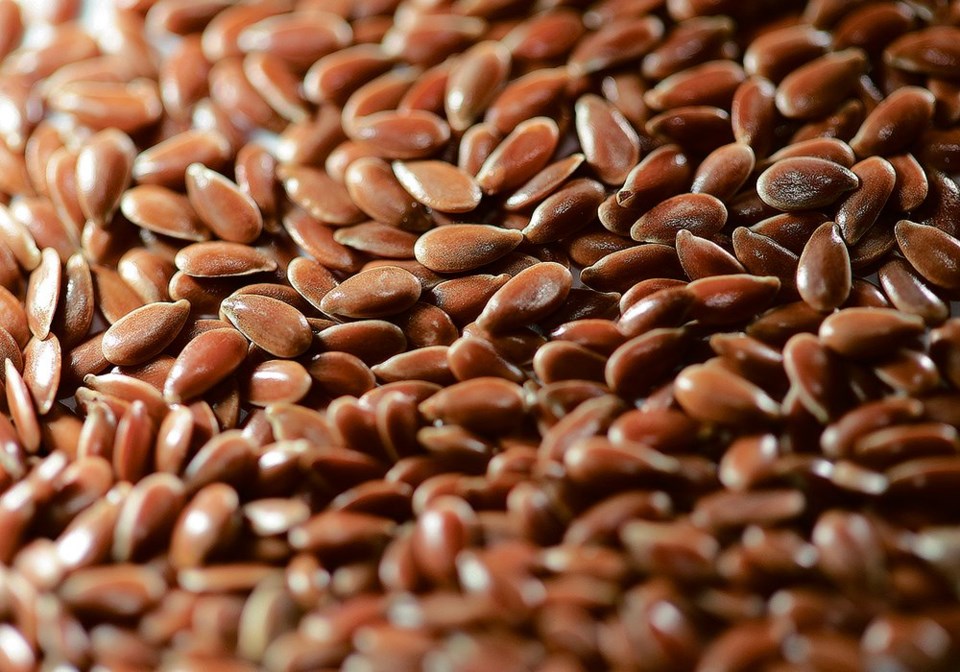WESTERN PRODUCER — When organic flax is selling for $65 to $70 per bushel and organic wheat is around $25, it should be a good time to be an organic farmer.
But some producers on the Prairies stopped farming organically last year, partly because of high prices for oats, canola and other conventional crops.
There’s a risk that more farmers could shift away from organic and repeat what happened in the late 2000s and early 2010s, following a boom in commodity prices.
“Farming is in cycles…. I don’t see necessarily an indication that we’ll have a dramatic a drop as we did in that eight, nine and 10 period (2008-2010), (but) anecdotally … the numbers and acres will have dropped some,” said Marla Carlson, executive director of Sask Organics.
“Some of that will be retirement, but some of that will also be continuing to farm, but not organically.”
Carlson was talking about Saskatchewan, but another organic specialist said a surprising number of prairie farmers left organic production in 2021.
The trend shouldn’t be a shock. When commodity prices are high a percentage of farmers will switch back to conventional.
Ten to 12 years ago, the number of organic farmers on the Prairies declined by more than 25 percent, dropping from 1,615 in 2009 to 1,170 in 2013, based on data from the 2020 Organic Agriculture in the Prairies report.
Many farmers left because canola was at $13 to $15 per bushel, but another factor was a lack of buyers. Organic food processors couldn’t afford to pay the premium prices for organic crops and left the business, thus reducing demand for organic oats, wheat, flax and other grains in Western Canada.
After the 2009-12 decline in organics, the number of farmers and acreage rebounded in the mid-2010s. Organic field crop acres on the Prairies went from 664,000 in 2015 to 955,000 in 2018.
However, in 2019 acreage hit a plateau. In 2021 prices softened, narrowing the gap between organic and conventional crops on the Prairies.
For years, producers became accustomed to prices two or three times higher than conventional. That’s no longer the case.
Data from Organic Biz, published in early December, shows that:
Organic milling oats were selling at $12 to $12.50 per bu., compared to $8 for regular oats. That’s a premium of 150 percent, assuming par is 100 percent.
Organic wheat was around $24, a premium of 198 percent over conventional.
Organic yellow peas were $21 and at a premium of 130 percent.
Flax remains strong with organic product selling for $70 per bu. However, overall, the organic market has weakened.
“They (premiums) are definitely smaller than they have been,” Carlson said.
More growers may be peeking over the fence at their neighbours as conventional crop prices become appealing.
Manitoba Agriculture Cost of Production data for 2022 shows that conventional farmers could potentially reap generous profits this year.
For canola, using a target yield of 43 bu. per acre and a price of $16.50, the return over total costs (operating costs, land, labour and machinery) would be $131 per acre. For oats, based on a yield of 110 bushels and $5.75 per bu., profits could be $148 per acre.
The numbers are estimates and much depends on the weather, but the figures are alluring.
Another pressure point on organic production is regenerative agriculture, a system where farmers use cover crops, reduced tillage, complex crop rotations and livestock to improve soil health and reduce input costs.
General Mills, Cargill, PepsiCo and major players in the agri-food sector have thrown their weight behind the approach, vowing to boost regenerative acres by millions over the next decade. An organic grower might wonder: if grain buyers want regenerative, why bother with the rules, paperwork and inspections of organic production?
There may be challenges, but Garry Johnson, who farms near Swift Current and is the president of Sask Organics, remains optimistic.
“Agriculture has always had these bumps in the road,” he said. “People leave the industry and people want to come into the industry. It’s a cycle. We have to do our part to promote (it) for people to come into organics…. We’re still looking at a very favourable growth cycle, from here and beyond into the next decade.”
One factor on organic’s side is the cost of fertilizer. Organic growers may hesitate before shifting back to conventional farming, seeing how nitrogen and phosphorus prices have shot past the stratosphere.
Yields may be lower, but so is the financial risk in organic.
“(Crop) prices are one aspect of it … but (it’s) also looking at your cost of production and what you’re ending up (with) in your pocket,” Carlson said.
As well, the crop insurance system in Saskatchewan now recognizes the higher value of organic crops, which is helpful for growers, Johnson said.
And new buyers like the Roquette pea plant in Portage la Prairie, Man., have increased demand for organic crops.
Organic yields were down in 2021, just like conventional crops, but the overall situation is stable, Johnson said.
“Yes, this was a poor year … but the crop prices and quality are high. It will carry us through…. I think the state of the industry is still solid.”




